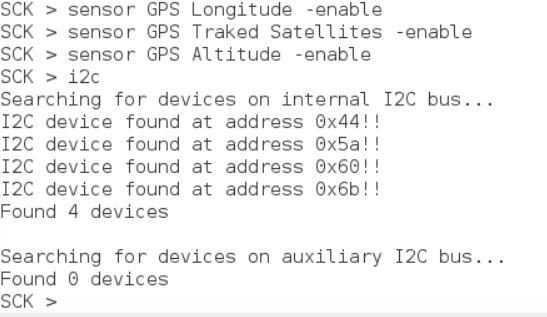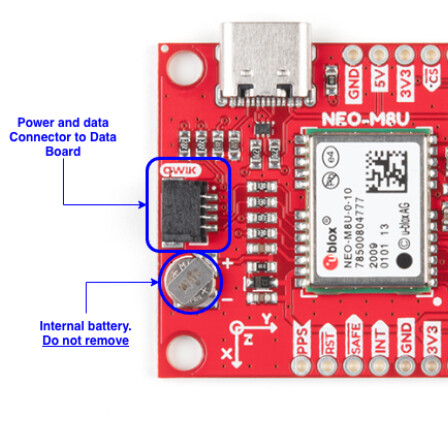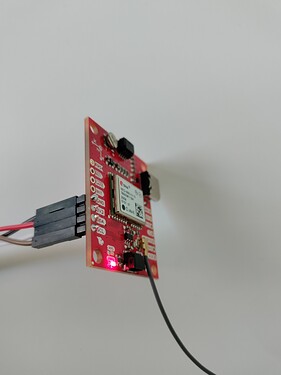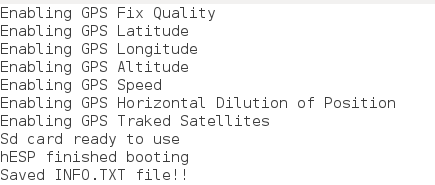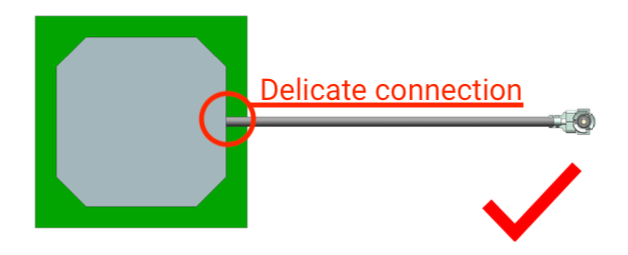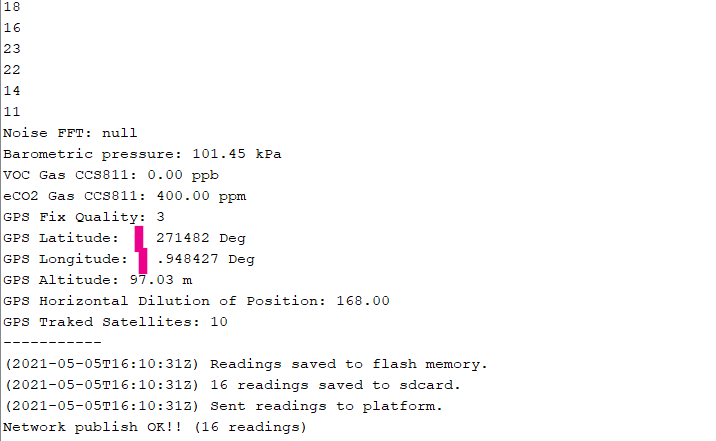Hello,
I am developing a similar project to Almabike with a SCK 2.1 and a GPS module. The idea is to attach several kits to different bicycles and collect their GPS + PM + Noise data via the SmartCitizen API if possible, and consume it from a different platform.
First of all, the module I have already tried is the GPS: GPS Seeed Studio (SIM28)
I’ve been having trouble connecting the GPS to the kit, from SCK’s shell doesn’t detect anything on AUX port, and when I try to enable the GPS sensor manually it doesn’t give any feedback (see photo).
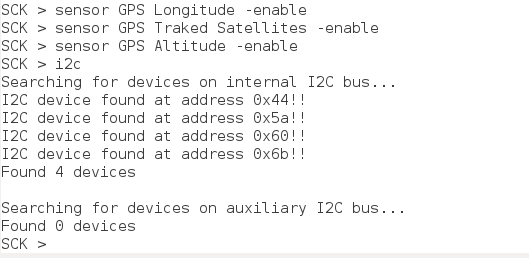
Recently, I have bought the NEO-M8U GPS module to try it also with the kit as it’s stated as the official one for Almabike project, the thing is that there is no documentation about how the connection with the Data Board is done.
I’ve been searching through the docs and the guides but I couldn’t find anything about configuring a GPS module for the kit. I have also found this topic #1402 but again it doen’t lead me to any further clue. Is there any guide that I can follow or any advice that you can give me to do this? Is the Almabike project’s source-code open (couldn’t find it)?
Thanks in advance,
Ander

